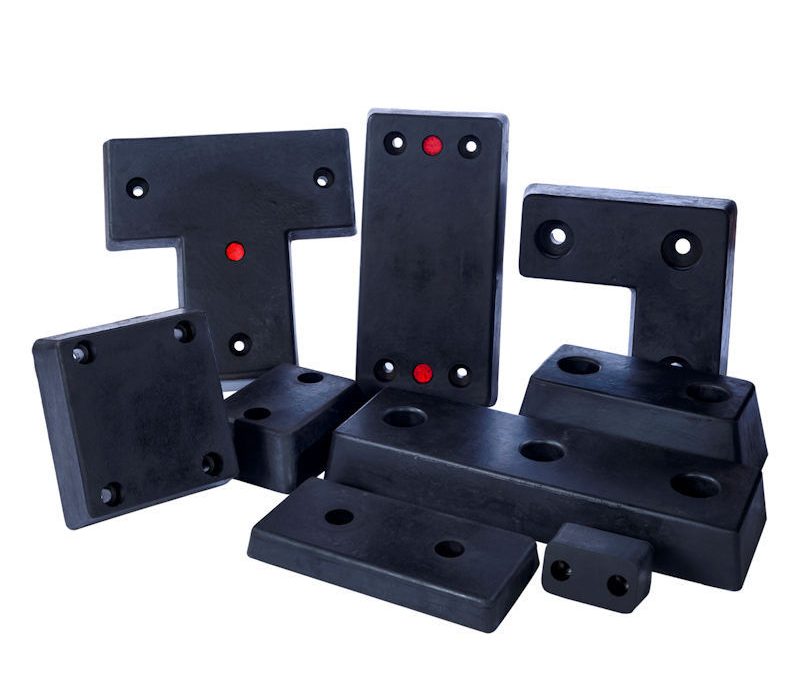A loading dock bumper is a crucial safety feature that is commonly found at the back of a loading dock. It is a specialized device that is designed to prevent damage to the loading dock and the vehicles that are being loaded or unloaded. These bumpers are made from tough, durable materials and are specifically engineered to withstand the force of repeated collisions.
The primary function of a loading dock bumper is to absorb the impact of a vehicle that backs into the dock. It does this by compressing and distributing the force of the collision across its surface area. This helps to prevent damage to the dock and the vehicle, as well as reducing the risk of injury to workers who may be in the immediate vicinity of the impact.
Loading dock bumpers are typically made from a variety of materials, including rubber, plastic, and metal. Rubber is the most common material used for dock bumpers because it is flexible and can absorb a significant amount of impact without sustaining damage. Plastic and metal bumpers are also available, but these are typically less popular because they are less flexible and can be more prone to damage.
There are two main types of loading dock bumpers: laminated bumpers and molded bumpers. Laminated bumpers are made from layers of rubber that are bonded together. These bumpers are highly durable and can withstand repeated collisions without sustaining damage. Molded bumpers, on the other hand, are made from a single piece of rubber that is molded into the desired shape. These bumpers are generally less expensive than laminated bumpers, but they may not be as durable in the long run.
Loading dock bumpers come in a variety of sizes and shapes to accommodate different types of vehicles and loading dock configurations. Some bumpers are designed to be mounted directly onto the dock, while others are designed to be mounted onto a steel plate that is bolted onto the dock. Some bumpers are also designed to be installed at an angle, which can help to reduce the likelihood of damage to the dock and the vehicle.
It is important to choose the right type of loading dock bumper for your specific needs. This will depend on a variety of factors, including the size and weight of the vehicles that will be using the dock, the type of cargo that will be loaded and unloaded, and the configuration of the loading dock itself.
When selecting a loading dock bumper, it is also important to consider its impact resistance rating. This rating is based on the amount of force that the bumper can withstand before it begins to sustain damage. The higher the impact resistance rating, the more durable and effective the bumper will be at preventing damage to the dock and the vehicles.
In addition to protecting the loading dock and vehicles, loading dock bumpers can also help to improve the efficiency of loading and unloading operations. By providing a cushioned surface for vehicles to back up against, bumpers can help to reduce the risk of damage to cargo and equipment, as well as speeding up the loading and unloading process.
Overall, loading dock bumpers are a critical safety feature that should not be overlooked. By choosing the right type of bumper for your specific needs and ensuring that it is properly installed and maintained, you can help to protect your loading dock, vehicles, and workers from the risk of injury and damage.

